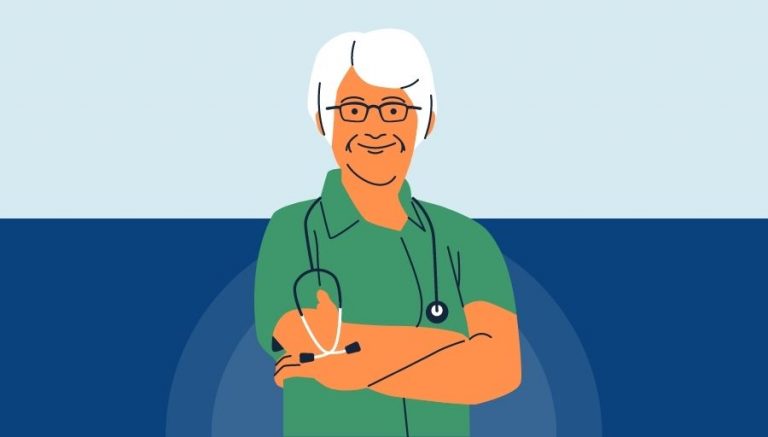How To Use CPT Code 90956
CPT 90956 describes the monthly services provided for patients between the ages of 2 and 11 with end-stage renal disease (ESRD). This article will cover the description, procedure, qualifying circumstances, appropriate usage, documentation requirements, billing guidelines, historical information, similar codes and billing examples.
1. What is CPT Code 90956?
CPT 90956 can be used to describe the monthly services provided to patients between the ages of 2 and 11 with end-stage renal disease (ESRD). This code is used when a physician or other qualified healthcare professional has a face-to-face visit with the patient once a month to monitor nutrition adequacy, assess growth and development, and provide counseling to parents.
2. Official Description
The official description of CPT code 90956 is: ‘End-stage renal disease (ESRD) related services monthly, for patients 2-11 years of age to include monitoring for the adequacy of nutrition, assessment of growth and development, and counseling of parents; with 1 face-to-face visit by a physician or other qualified health care professional per month.’
3. Procedure
- The physician or qualified healthcare professional manages all outpatient ESRD related services for a one-month period for patients between the ages of 2 and 11.
- During this period, the provider has a face-to-face visit with the patient once a month.
- The services included in this code encompass scheduled and episodic examinations for disease management, establishment and changes to the patient’s dialysis schedule and prescription, oversight of each dialysis visit, review of laboratory tests, medication and supplement needs, monitoring of growth and developmental progress, ongoing assessment of nutrition requirements, school progress monitoring, and regular counseling and support for parents and caregivers.
4. Qualifying circumstances
Patients eligible to receive CPT 90956 services are those between the ages of 2 and 11 who have been diagnosed with end-stage renal disease (ESRD). The physician or qualified healthcare professional must have a face-to-face visit with the patient once a month to monitor nutrition adequacy, assess growth and development, and provide counseling to parents.
5. When to use CPT code 90956
CPT code 90956 should be used when a physician or qualified healthcare professional has a face-to-face visit with a patient between the ages of 2 and 11 with end-stage renal disease (ESRD) once a month to monitor nutrition adequacy, assess growth and development, and provide counseling to parents. This code should be reported for each month that the services are provided.
6. Documentation requirements
To support a claim for CPT 90956, the physician or qualified healthcare professional must document the following information:
- Patient’s age and diagnosis of end-stage renal disease (ESRD)
- Date of the face-to-face visit
- Details of the services provided, including monitoring of nutrition adequacy, assessment of growth and development, and counseling of parents
- Any changes to the patient’s dialysis schedule and prescription
- Review of laboratory tests, medications, and supplement needs
- Progress and interventions related to growth, development, and nutrition
- School progress monitoring, if applicable
- Any counseling and support provided to parents and caregivers
- Signature of the physician or qualified healthcare professional providing the service
7. Billing guidelines
When billing for CPT 90956, ensure that the services are provided by a physician or qualified healthcare professional and that there is a face-to-face visit with the patient once a month. This code should not be reported with dialysis treatment codes (90935-90937). It is important to consider the calendar month when reporting ESRD-related services under the Monthly Capitation Payment.
8. Historical information
CPT 90956 was added to the Current Procedural Terminology system on January 1, 2009. There was a code change on January 1, 2013, which modified the description to include counseling of parents.
9. Examples
- A physician has a face-to-face visit with a 6-year-old patient with end-stage renal disease (ESRD) to monitor nutrition adequacy, assess growth and development, and provide counseling to parents.
- A qualified healthcare professional sees an 8-year-old patient with end-stage renal disease (ESRD) for a monthly visit to assess growth and development, monitor nutrition adequacy, and provide counseling to parents.
- A physician has a face-to-face visit with a 10-year-old patient with end-stage renal disease (ESRD) to provide counseling to parents, assess growth and development, and monitor nutrition adequacy.


